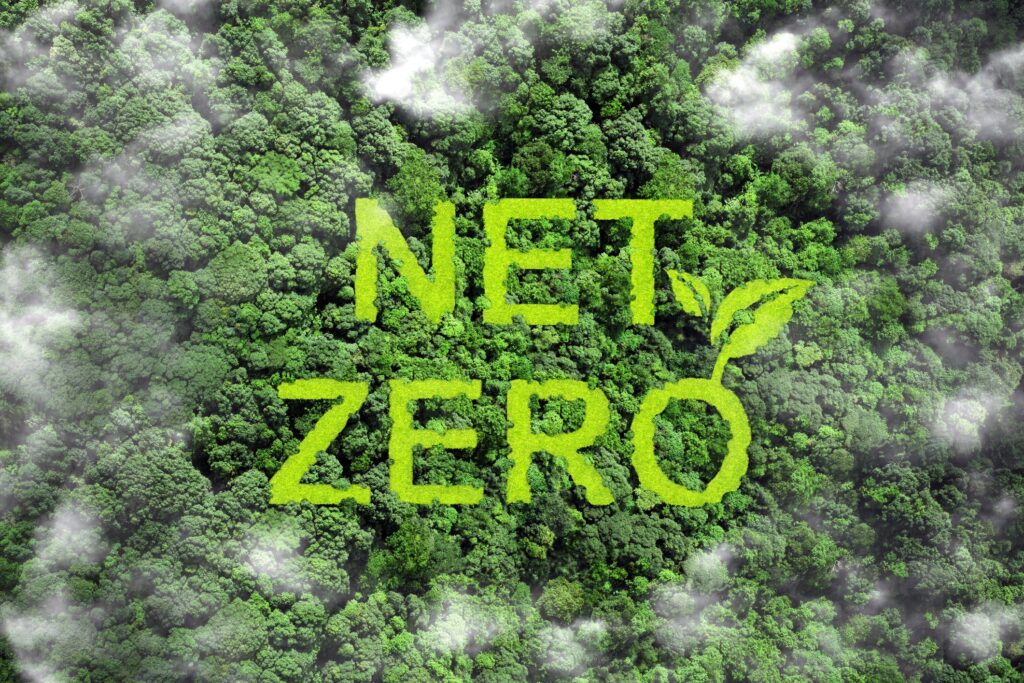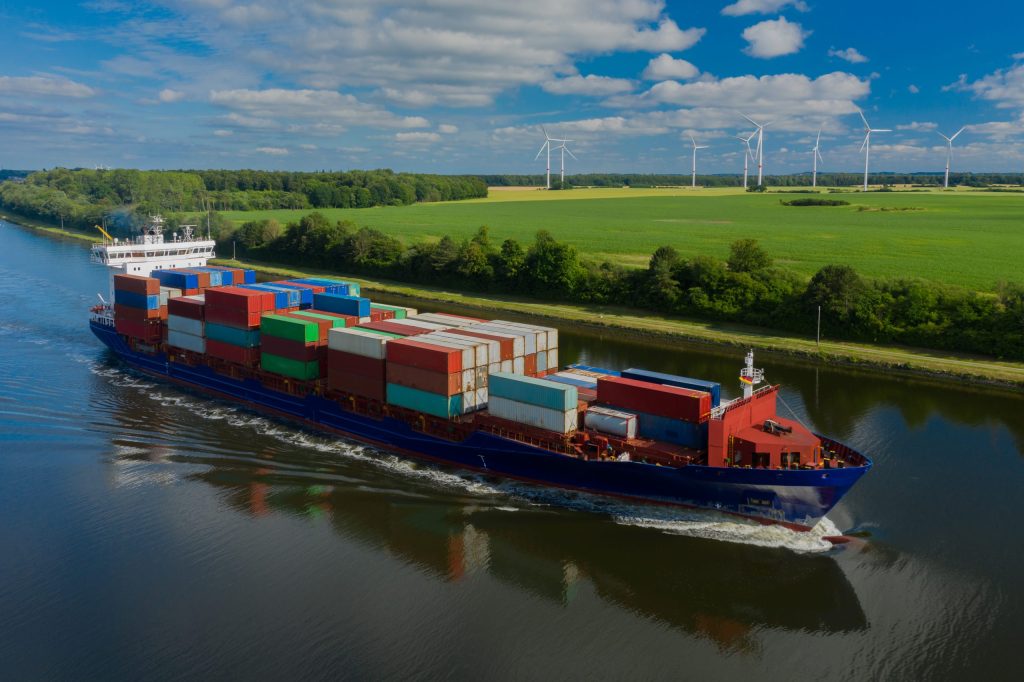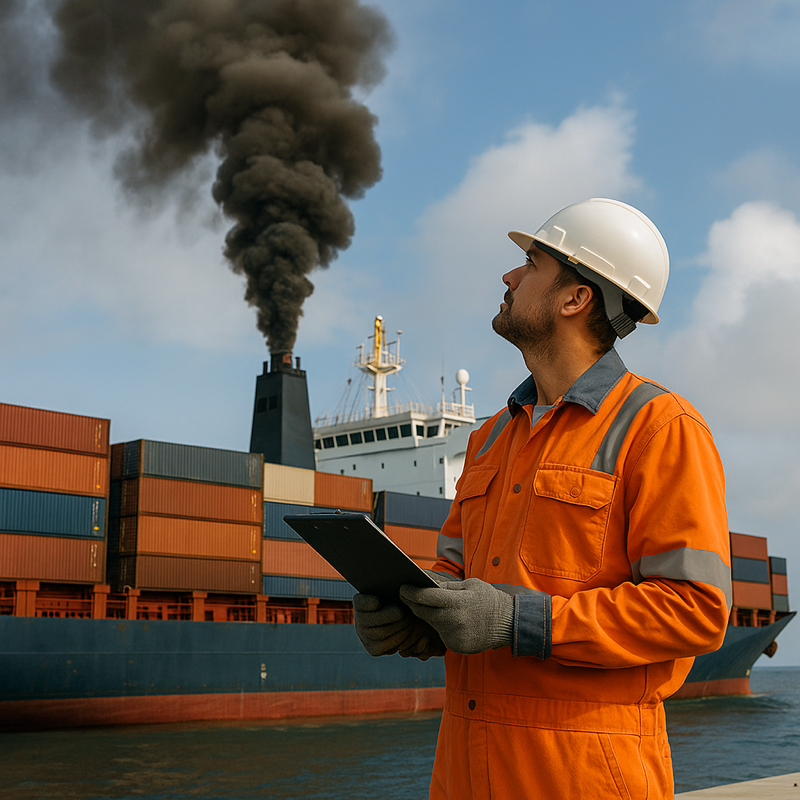As climate change and sustainability initiatives continue to ramp up, it is no longer surprising to see government policies demanding more from companies and their supply chains. After all, these supply chain operations are responsible for about 60% of greenhouse gas emissions.
The new SEC Scope 1 and Scope 2 emissions rule is one such measure. It requires filings on emissions that result directly from a company’s supply chain and emissions associated with energy purchases. Scope 3 will require companies to
report their greenhouse gas emissions that result from their entire supply chain operations, including directly and indirectly.
However, due to pushbacks from several industries and trade groups, the SEC is focused on disclosures and reporting on Scope 1 & 2 for now. However, Scope 3 will very likely be enforced in the near future. This means that though the SEC is taking a layered approach for now, companies and their supply chains must prepare themselves for when it becomes a rule.
The regulatory landscape is constantly evolving. Even if the SEC does not put it out there, some other government regulatory body might.
What Does the Latest SEC Scope 1,2 & 3 Ruling Mean for Your Operations?
According to the SEC, investors increasingly demand climate statistics about their investment companies. This is because most investors and customers understand that the next wave of capitalism is investing in sustainable companies, and they want their money to go to investments that will stand the test of time.
To help streamline this, the SEC initially planned for three Scope
emission policies and rulings. However, only two will be going into law for now. This also makes sense because the first two are directly controlled by the companies and supply chains in question.
Although
Scope 3, which was the big elephant in the room, could not pass, companies and their supply chains mustn’t think that they are out of the abyss just yet. This is especially true of supply chain and manufacturing operations with high emissions. No penalty may be attached, but high emission reporting could scare customers and investors away.
In a world where climate change and sustainability are quickly becoming non-negotiable, such reporting would create a negative brand image for the companies.
Considerations for Complying With the Requirement
Going forward, these companies’ main agenda will be complying with
the new SEC ruling. This means they will have to take measures to ensure they are not just reporting about their greenhouse gas emissions but that the reports are actually accurate.
To do that, there are three considerations companies must take seriously:
Data Transparency and Accuracy
To successfully adhere to the recent policies, it is vital to have a transparent or accurate reporting process. The good news is that most companies already have a transparency and accuracy system for other aspects of their supply chain. This means they can leverage most of the same systems to enhance their compliance and reporting process.
However, there may be a catch. Scope 3 entails reporting gas emissions for all aspects of the supply chain operation, including those of their suppliers and transportation networks. The problem is that many supply chains have suppliers and partners worldwide. And many of them are not ready to take sustainability seriously. Getting these partners to be transparent with their emissions can be difficult, and doing so accurately, is an additional layer of assessment and verification.
Integration into Sustainability Frameworks
Again, many companies already have several sustainability strategies because of pre-existing pressure on supply chains (from customers, investors, and the government) to be more sustainable. This entails strategies like working with suppliers who take sustainability seriously and investing in more sustainable infrastructures.
Companies should align their reporting practices with more recognized standards and frameworks. The greenhouse gas protocol is an excellent example of this. With such frameworks in place, supply chains can consistently and accurately report the emissions reached during the entire operation. This integration will allow more companies to show their commitment to sustainability.
Stakeholder Engagement and Communication
Stakeholder expectations are quite important when trying to combat sustainability and report accurately on the issue. Otherwise, it will feel like shooting in every direction except the target. Communicating with stakeholders such as investors, regulators, customers, and advocacy groups is important.
Engagement and communication are a two-way street. While listening to stakeholders and understanding their positions, problems, and expectations is vital, showing them what you are doing about sustainability is also important. This includes the efforts and progress made. But it should also detail challenges. This level of transparency endears the supply chain to the stakeholders, taking some of the pressure off.
Pausing Implementation of the Regulation
Due to
several legal pushbacks challenging the legitimacy of the SEC Scope 1, 2, and 3 rules, the agency has had to pause or stay its implementation. Although the climate disclosures will not be necessary until 2026, the legal case may stretch out. Staying it ensures that none of the litigants will become subject to the climate disclosure rules while the litigation is in process.
From the SEC’s perspective, the stay order will help facilitate the orderly judicial resolution of those challenges and allow the Court of Appeals to focus on deciding the merits. Despite this pause, one thing remains clear: regulations stemming from the SEC and other regulatory bodies are putting unprecedented pressure on businesses. For these businesses, it’s time to align sustainability strategies with impending regulations.
In a Dynamic Regulatory Environment, Leading Businesses Look to Bolster Readiness
As we mentioned earlier, although the Scope 3 emission ruling was suspended, businesses and their supply chains need to set up the right structures so that they are well-prepared when/if the regulations do come to be. Bolstering readiness may take some time, but it is a plus rather than a negative for these businesses.
The ability to record emissions across the supply chain and then share that information with customers could also be a good marketing strategy, even if the
warranted rules have yet to be in place.
Companies and supply chains must be more adaptable, vigilant, and proactive in bolstering readiness, especially in an evolving regulatory environment. This means staying informed about evolving regulations, assessing the impact of these regulations, and if they are going to be, implementing robust strategies that will aid compliance.
Embracing agility and foresight enables organizations to navigate regulatory changes effectively while maintaining operational resilience and sustainability.
3 Ways Greenabl Can Help Businesses Build Readiness in The Face Of Increasingly Stringent Regulatory Standards
At Greenabl, we do not just care about sustainability. We care about helping businesses
decarbonize their supply chain operations. And we are leveraging tech applications to do so.
There are three ways we can help your businesses build sustainability readiness in the wake of increasingly stringent regulatory standards.
A Unified Data Hub
Trying to leverage different sources when reporting can be a strenuous process. If you consider all the moving parts in a business and its supply chain, trying to streamline it and keep it accurate will be really challenging.
With Greenabl, we take care of that by providing you with a single comprehensive platform. It serves as a single point of truth to assess and mitigate greenhouse gas emissions in the transportation network.
Transparent Emission Assessment
Earlier, we discussed transparency and communication with stakeholders. However, transparency can be difficult for several reasons, including a lack of collaboration and a reluctance to engage with external factors in the supply chain. You will need to employ reliable and transparent measurement techniques or strategies.
However, you can achieve transparency with Greenabl. We have effective solutions that ensure accurate evaluation of carbon footprints, encompassing both direct and indirect emissions.
Collective Emission Reduction
Different supply chains competing and working alone can be quite dangerous for the environment. Even though they are all producing value. It’s a contradiction, but it can be easily resolved. Our solution is the collaborative procurement model.
Utilizing a collaborative procurement model, Greenabl facilitates collective action through demand aggregation and procurement exchange, fostering effective mitigation strategies across the supply chain.
Ready to Build Regulatory Readiness?
All through this article, we have repeatedly emphasized the importance of building readiness. The fact is that more customers and investors are taking sustainability seriously. Because of this, regulatory bodies will continue to ramp up policies and regulations that will require companies and their supply chains to disclose, report, and mitigate their environmental impact.
At Greenabl, we believe you should be prepared to tackle these policies and regulations. We are proud to help businesses and supply chains bolster their readiness. When the time comes, these businesses are better prepared, standing strong while others panic.
Getting started is easy.
Contact Greenabl today and get ready for the next wave of sustainability policies.


